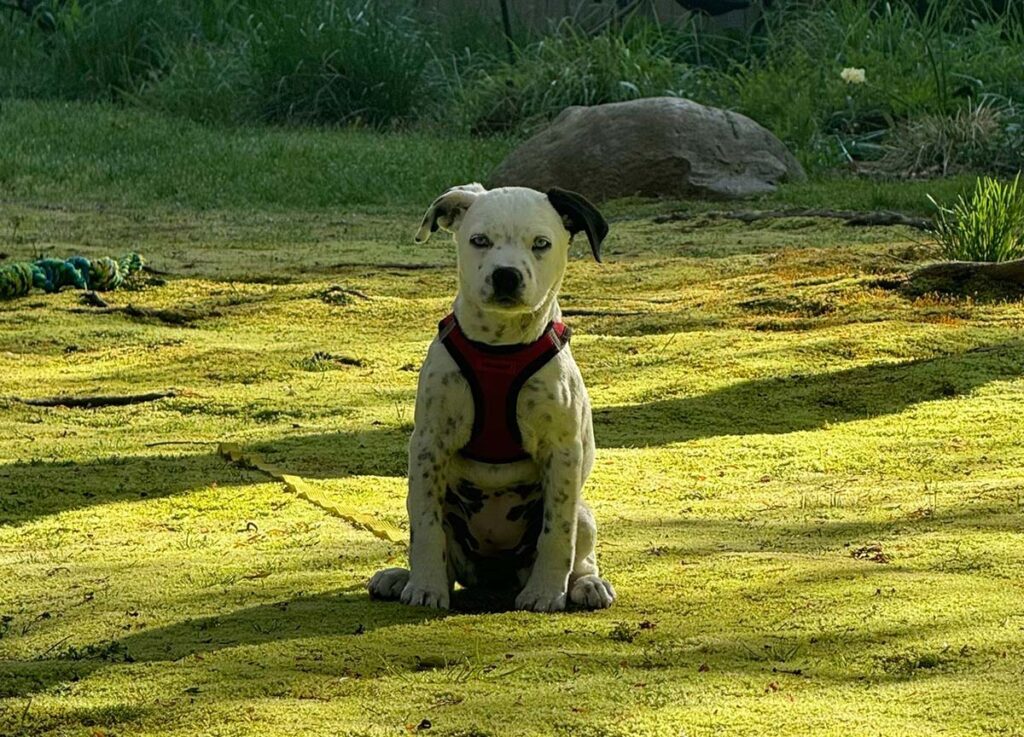Pets and Pesticides
We love our dogs and cats*! But they can’t read pesticide warning signs and labels and have no way of knowing what’s been sprayed and where. Lawn and garden chemicals hurt pets. Typical landscape practices include applications of herbicides, insecticides, fungicides, and rodenticides, which can cause not just rashes, itching, and vomiting, but also aggressive behavior, tremors, seizures, and even cancers in our pets. Since pets’ bodies are smaller than ours, they’re are more susceptible to the harms of landscape chemicals than we are. And, there are so many ways they are exposed:
- Joyfully rolling around on the lawn
- Taking a nice long nap with a bare tummy flat on the ground
- Nibbling on grass and twigs—and maybe even grabbing an insect or rodent snack
- Licking their paws and grooming
- Drinking from puddles
Pesticide toxicity reduces over time when exposed to the sun, which is why they are frequently reapplied. When pets come inside after playing on pesticide-treated lands, the pesticide chemicals can persist on their fur and feet, lasting for years and accumulating in carpets and on furniture and exposing you and your kids.
Still think you need that chemical carpet lawn? Instead, learn about how you can have a living lawn that’s healthy and safe for you, your pets—and all wildlife.
Some Statistics about the dangers of exposures to pesticides
- Herbicides are found in the urine of dogs following home lawn chemical application. Exposure to these lawn pesticides increases the risk of bladder cancer by four- to seven-times in Scottish Terriers.
- Glyphosate, one of the most widely used herbicides and designated by the International Agency for Research on Cancer (IARC) as a “probable human carcinogen.” is found to be widespread in the urine of pets.
- Pets are at risk of secondary poisoning by ingesting animals killed with rodenticides. Animals that have been poisoned are weaker and easier prey for cats and dogs.
- Pet flea and tick treatments contain pesticides that end up washing into the environment.
- Pet exposure to Malathion, a common pesticide used to kill insects in ornamental trees and shrubs, can affect the function of the animal’s immune system, causing chest pains and breathing difficulties.
- Dogs exposed to 2,4-D, another common pesticide in home lawn and garden products, can develop canine malignant lymphoma.
- According to the ASPCA Animal Poison Control Center, insecticides and fungicides are in the top 10 list of toxins to pets.
*A Note About Cats
We recommend keeping cats indoors. Cats are the number one human-caused killer of birds in North America, killing an estimated 2.4 billion birds a year in the U.S., per a study by the Smithsonian Conservation Biology Institute and the U.S. Fish and Wildlife Service.


